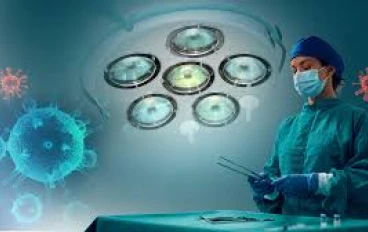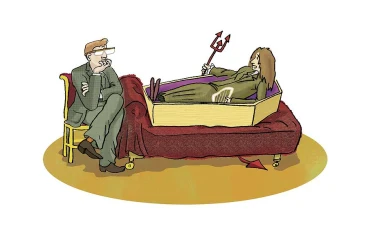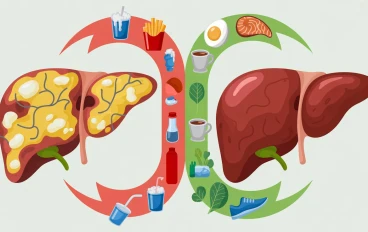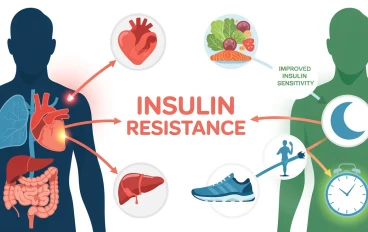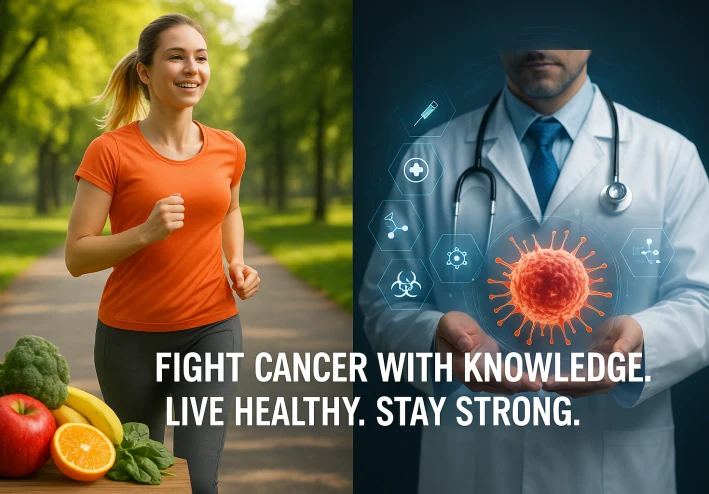
Treatment Strategies: How to Reduce Your Risk and Fight Cancer Effectively"
Introduction
Cancer remains one of the leading causes of death worldwide, accounting for millions of fatalities each year. Characterized by the uncontrolled growth and spread of abnormal cells, cancer can affect virtually any part of the body. While it is a complex and multifaceted disease, advancements in medical research have revealed promising strategies for both preventing and treating various types of cancer.
Causes and Risk Factors of Cancer
Cancer does not have a single cause; instead, it results from a combination of genetic, environmental, and lifestyle factors. Common causes and risk factors include:
Tobacco use (smoking and smokeless tobacco)
Excessive alcohol consumption
Obesity and poor diet
Exposure to radiation or carcinogenic chemicals
Chronic infections (e.g., Human Papillomavirus, Hepatitis B & C)
Family history of cancer
Prolonged stress and lack of physical activity
Understanding these risk factors is essential in formulating effective prevention strategies.
How to Avoid Cancer: Prevention Strategies
Prevention is the most powerful tool in the fight against cancer. Scientific studies suggest that over 30% of cancers could be prevented by adopting healthy lifestyle changes. Key prevention strategies include:
1. Healthy Diet
Consume a variety of fruits and vegetables
Limit red and processed meats
Choose whole grains over refined carbohydrates
Avoid sugary drinks and processed foods
2. Regular Physical Activity
Engage in at least 150 minutes of moderate exercise per week
Maintain a healthy body weight
3. Avoid Tobacco and Limit Alcohol
Complete abstinence from smoking and vaping
Drink alcohol only in moderation
4. Protect Against Infections
Get vaccinated against cancer-related viruses like HPV and Hepatitis B
Practice safe hygiene and sexual behavior
5. Sun Protection
Use sunscreen
Avoid excessive sun exposure, especially during peak hours
6. Regular Screenings and Early Detection
Mammograms, Pap smears, colonoscopies, and other diagnostic tests can detect cancer early, increasing survival rates significantly
Recognizing Early Symptoms of Cancer
Detecting cancer early can make a dramatic difference in treatment success. Common early warning signs include:
Unexplained weight loss
Persistent fatigue
Changes in the skin or moles
Chronic pain or unusual bleeding
A lump or swelling in any part of the body
Persistent cough or difficulty swallowing
Anyone experiencing these symptoms should seek medical evaluation promptly.
Current Methods of Cancer Treatment
The treatment of cancer varies depending on the type, stage, and location of the disease, as well as the patient’s overall health. The most common treatments include:
1. Surgery
Removes localized tumors or affected tissues
2. Chemotherapy
Uses powerful drugs to kill rapidly dividing cancer cells
Often used for cancers that have spread
3. Radiation Therapy
Targets and destroys cancerous cells using high-energy radiation
4. Immunotherapy
Stimulates the body’s immune system to recognize and fight cancer cells
5. Targeted Therapy
Uses drugs that specifically target cancer cell mechanisms without harming normal cells
6. Hormone Therapy
Useful for cancers like breast and prostate cancer, which are influenced by hormones
7. Stem Cell Transplant
Often used for blood-related cancers such as leukemia
Conclusion
Cancer remains a major public health challenge, but significant progress has been made in understanding its causes, prevention, and treatment. By adopting a healthy lifestyle, undergoing regular screenings, and remaining informed about risk factors, individuals can reduce their chances of developing cancer. Meanwhile, medical innovations continue to offer hope for more effective treatments and, ultimately, a cure.






























